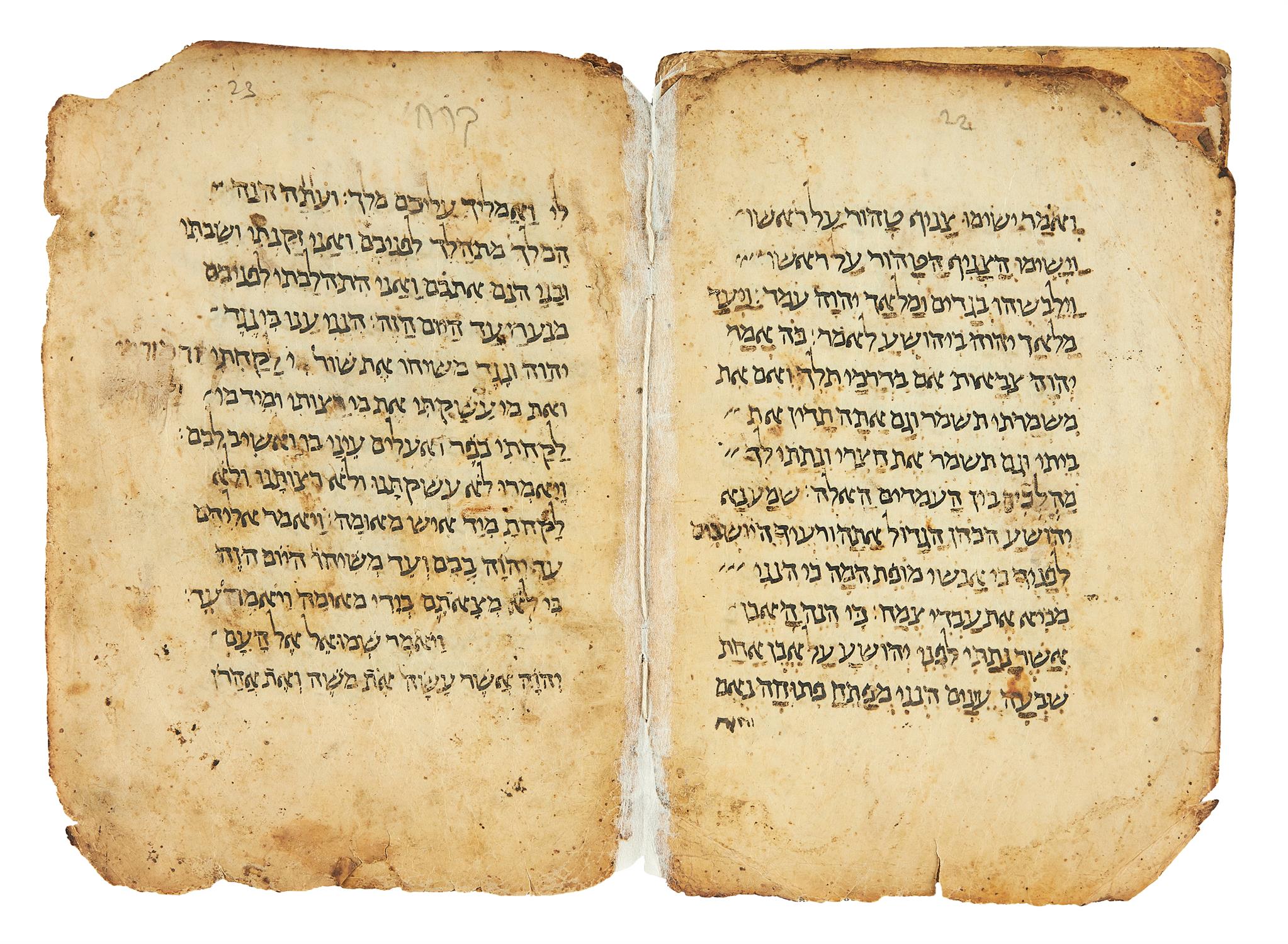

This would mean that a copy of Mark’s gospel was already made less than 20 years after the death and resurrection of Jesus. In 1972, a Spanish scholar named Jose O’Callaghan claimed that this tiny fragment was actually from the Gospel of Mark. At first, one particular fragment in Cave 7, called 7Q5, had not been identified with any known writing. However, one entire cave, Cave 7, contained fragments written in Greek. In fact, there are copies of parts of every Old Testament book except Esther. Many of them contained copies of Old Testament books. These manuscripts found were mostly written in Hebrew. The Dead Sea Scrolls is the name given to thousands of manuscripts that were found in caves alongside the Dead Sea in 1947. They are 7Q5 from the Dead Sea Scrolls, the papyrus fragment labeled P64 and the Chester Beatty papyri P46. While P52 has the early uncontested date for a New Testament manuscript, there have been claims by various scholars that three other texts are actually earlier. The letters of Paul to Philemon, Timothy and Titus, along with the Book of Revelation are missing from this manuscript.Įarlier Dates Are Claimed for Three Other Manuscripts It contains the entire New Testament to Hebrews 9:14. It was written a little earlier than Codex Sinaiticus (about A.D. It also contains the entire Old Testament in Greek.Ĭodex Vaticanus is a near complete copy of the New Testament. The oldest complete copy of the New Testament is Codex Sinaiticus. If this early date is correct, then it is possible that it was copied just a few short years after the Gospel of John was composed. However, it could have been written as early as A.D. It contains John 18:31-34 on the front (called the recto) and John 18:37-38 on the back (the verso). It consists of one leaf (page) that has writing on both sides. P52 is a very small fragment, 6cm x 8.9cm, or 2 ½ inches x 3 ½ inches. This manuscript is housed in the John Rylands Library in Manchester, England. This means it is the 52nd papyrus document of the New Testament that was catalogued. The Oldest New Testament Manuscript That Still Exists-P52Īs far as the New Testament is concerned, the oldest manuscript whose date is unquestioned is the John Rylands fragment. The oldest complete copy of the entire Old Testament that still exists comes from about A.D. There is a complete copy of the Book of Isaiah which is dated about 100 years before the time of Christ. The oldest complete manuscript we have of a biblical book is also from the Dead Sea Scrolls. They were found among the Dead Sea Scrolls. These fragments go back about four centuries before Christ.
#Oldest hebrew manuscripts series#
The oldest manuscript that still exists from the Old Testament is a series of fragments from the Book of Leviticus. The Lord bless you and keep you the Lord make his face shine upon you and be gracious unto you the Lord turn his face toward you and grant you peace. The text of the amulet is very close to the Masoretic, or traditional text, of the Old Testament.

They contain a passage of Scripture from the Book of Numbers ( Numbers 6:22-27). These amulets have been dated from between the sixth and the seventh century B.C. It seems they would have been worn either around the neck or as bracelets. In 1985, some ancient silver amulets were discovered in the old city of Jerusalem by Israeli archaeologist Gabriel Barkay. The Earliest Part of the Old Testament Manuscript That Still Exists Is Not a ManuscriptĬuriously, the oldest part of the Old Testament that still exists is not found in a document. Are the earliest writings from the testaments found in manuscripts or are they contained on something else? It is often asked about the identity of the earliest copies of an Old Testament text and a New Testament text. What we have left are copies of the originals. The originals of the Book of Scripture do not exist any longer. What Is the Earliest Part of the Old Testament That Still Exists? What Is the Earliest New Testament Manuscript That Still Exists?


 0 kommentar(er)
0 kommentar(er)
